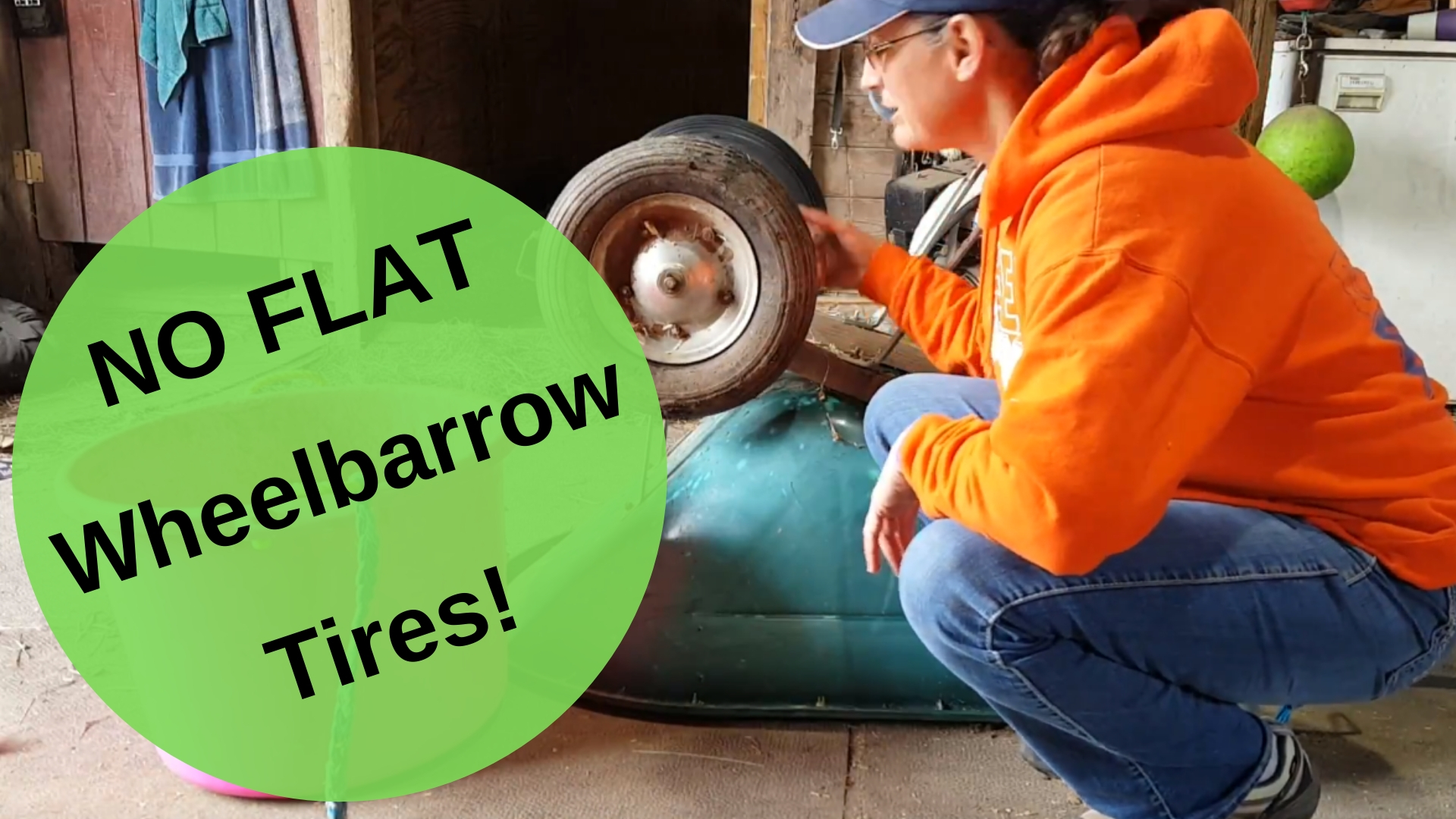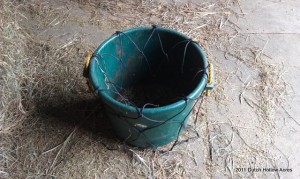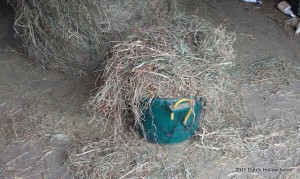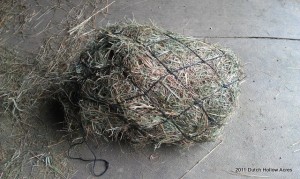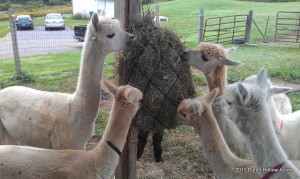You’ve decided to venture into the world of farming, have you? Well, let me tell you, it’s not all sunshine and rainbows out here in the fields. In fact, there are plenty of mistakes that you’re bound to make. But don’t worry, I’m here to guide you through.
- Overcommitting: You may be dreaming of owning a farm with a thousand cows, but slow down there, cowboy! Start with a few animals and crops and work your way up. Otherwise, you’ll end up with more manure than you can handle.
- Not planning for the long term: Planning is essential for a successful hobby farm. Don’t forget that the weather can be unpredictable, and those cute baby animals will grow up into big adults. So, make sure you have a solid plan and don’t forget to factor in the unexpected.
- Not seeking out advice: Who needs advice from experienced farmers when you have YouTube tutorials, am I right? Well, let me tell you, watching videos and reading articles can only get you so far. Seek out advice from experts and other farmers to avoid costly mistakes.
- Ignoring local regulations: Yes, we know, regulations can be a real buzzkill, but they exist for a reason. Don’t be the farmer who gets hit with a hefty fine for breaking zoning laws.
- Neglecting record-keeping: Don’t be a disorganized farmer. Keep track of your expenses, income, and inventory. You don’t want to end up with a barn full of produce that you can’t sell because you didn’t keep track of what you had.
- Underestimating the workload: Yes, farming can be hard work, but it’s not all doom and gloom. Just be prepared for early mornings, late nights, and a whole lot of mud. But, hey, at least you’ll be getting a great workout, right?
- Not investing in proper infrastructure: Your animals need a safe and comfortable place to live, and your crops need to be protected from pests and the elements. Don’t skimp on the infrastructure, or you’ll be dealing with angry cows and rotting crops.
- Not being realistic about profits: We hate to burst your bubble, but hobby farming isn’t a get-rich-quick scheme. It takes time, effort, and careful planning to make a profit. So, don’t quit your day job just yet.
- Failing to prioritize animal welfare: Remember, happy animals make for a happy farm. Neglecting the welfare of your animals is not only cruel but can also lead to legal troubles. So, make sure your animals are well-fed, comfortable, and healthy.
- Not taking the necessary safety precautions: You may think farming is all sunshine and rainbows, but it can be dangerous if proper safety precautions aren’t taken. Trust us, wearing gloves and protective gear is a lot less painful than losing a finger or two.
Hobby farming can be a rewarding experience, but it’s not for the faint of heart. So, take our advice, learn from the mistakes of others, and don’t forget to have a sense of humor. Happy farming!
